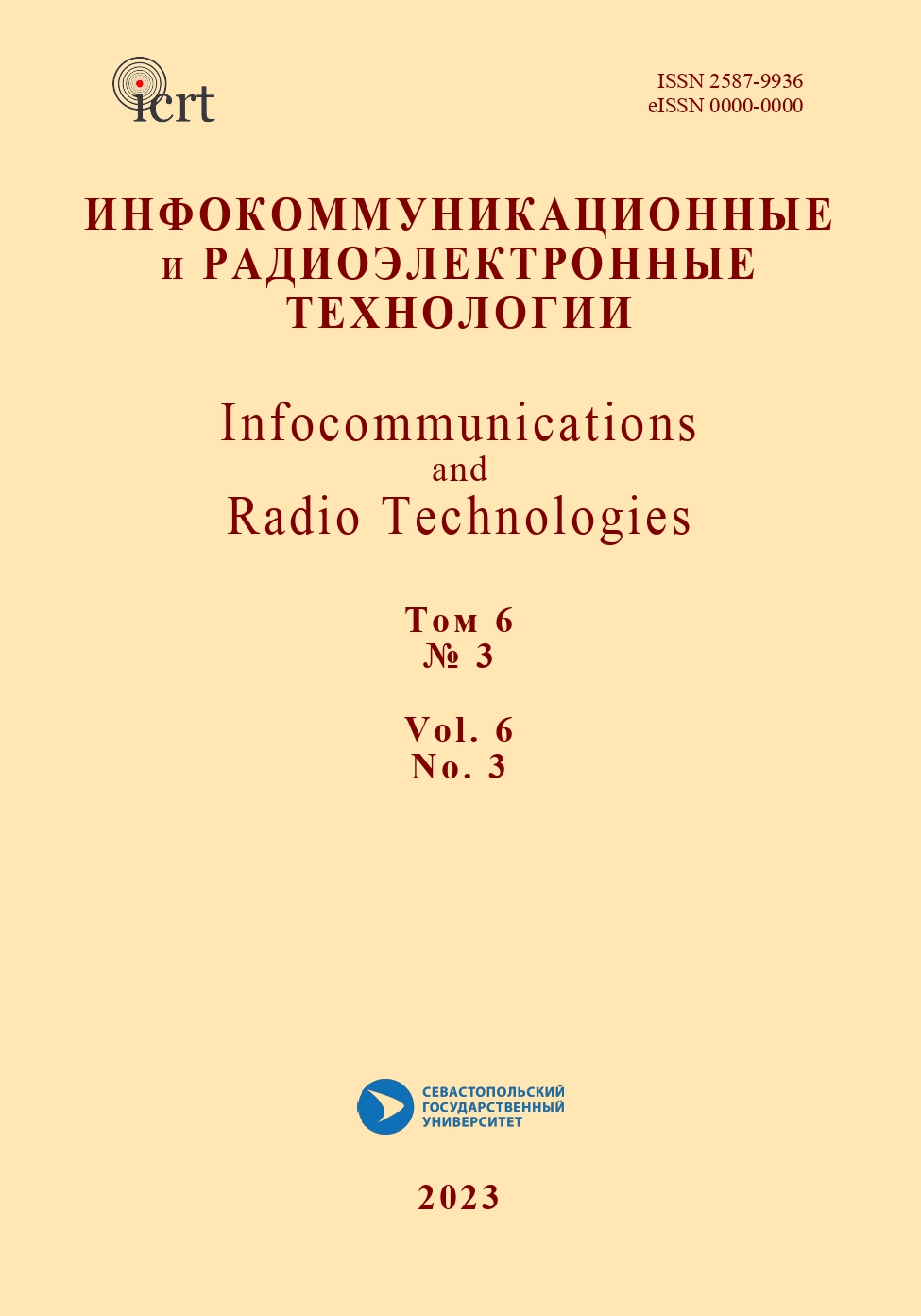St. Petersburg, St. Petersburg, Russian Federation
UDK 621.39 Электросвязь. Техника электросвязи
It is shown that AT&T’s purchase of patent rights to his audion from Lee de Forest in 1912 made the New York – San Francisco transcontinental telephone line project a realty. The features of the construction of this telephone line and the difficulties that arose in this case are considered. Attention is paid to the development of electrical circuits and designs of tube repeaters, as well as their installation on a telephone line. The principles of operation of tube repeaters of type 21 and 22 are analyzed. The results of the first testing of the line on July 29, 1914 are given. A memorable day was marked on January 25, 1915 – the day of the solemn launch of the transcontinental telephone line into commercial operation 25 days before the opening of the Panama-Pacific International Exhibition in San Francisco.
aqueous colloidal solutions of C60 fullerene, [C60@{H2O}n]k cluster structure, AFM methods, micromechanical properties
1. B. Gherardi and F. B. Jewett, “Telephone Repeaters,” Transactions of the American Institute of Electrical Engineers, vol. XXXVIII, no. 2, pp. 1287-1345, Jul. 1919, doi: https://doi.org/10.1109/t-aiee.1919.4765639.
2. F. B. Jewett, “Dr. George A. Campbell,” Bell System Technical Journal, vol. 14, no. 4, pp. 553-557, Oct. 1935, doi: https://doi.org/10.1002/j.1538-7305.1935.tb00701.x.
3. C. A. Smith, “Fifty years of telephone repeaters,” Bell Laboratories Record, vol. 27, no. 1, pp. 5-9, January 1949.
4. “Radiotelephony for Railroads,” Electrical World, vol. 63, no. 22. p. 1269, May 30, 1914.
5. Lee de Forest. Father of Radio. The Autobiography. Chicago : Wilcox & Follett Co., 1950.
6. F. M. Todd, The Story of the Exposition: Being the Official History of the International Celebration Held at San Francisco in 1915... Publ. Panama-Pacific Intern Exposition Co. 1920. Vol. 4.












